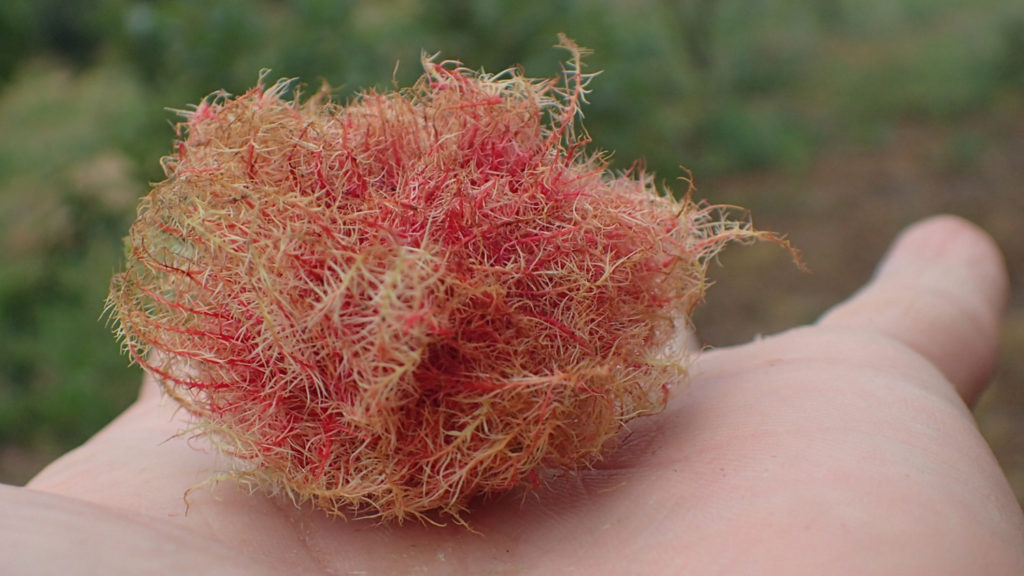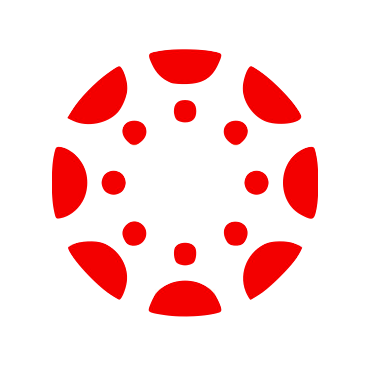Guide 5B Communities
Products
Quiz, Media, & Portfolio Directions
Review Communities Contents
Communities Objectives
Competition
Predation & Herbivory
Symbiosis
Oak Community
Communities Quiz
Communities Media
Introduced in Oak Community section of this guide:
Rose Gall Description
We are providing videos of rose galls found in the Willamette Valley. You will be providing a rich description of the gall, including a sketch, labels, and explanatory text. You can also include a photo screen grab from the video, if desired.
Select a view from the video and sketch the gall. Label the part that is the rose scar, and where the insect larvae are located. Also include a brief explanation of this type of interaction, including how the participating organisms are impacted (benefit, harmed, or no impact).

You are turning in a journal page that includes:
-
a labeled sketch of a rose gall that includes the part that is the rose and where the larva are located.
-
a description of the gall interaction, including what type of interaction is occurring and the impact on both participating species.
Portfolio
Portfolio Directions
This guide’s rose gall media piece can fit within your final portfolio. Select an outcome (of the nine course learning outcomes) that makes the most senses to you. This media piece could go under Biology Concepts (organism interactions), but it could also represent a Biology Skill, or even a connection if that is the way you have developed your piece.




